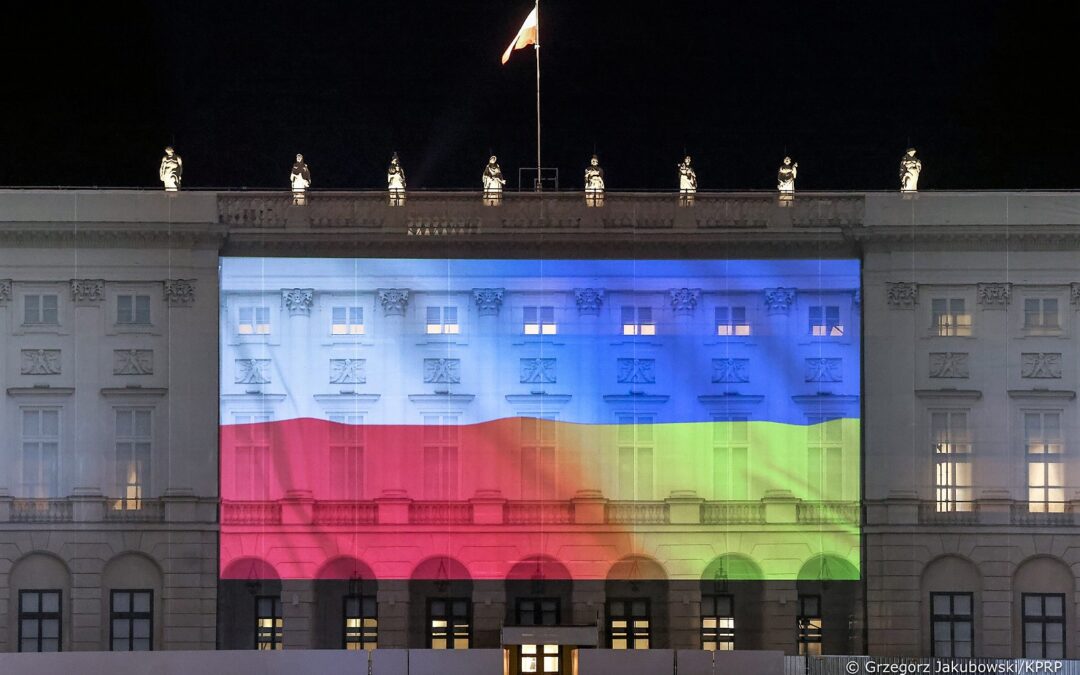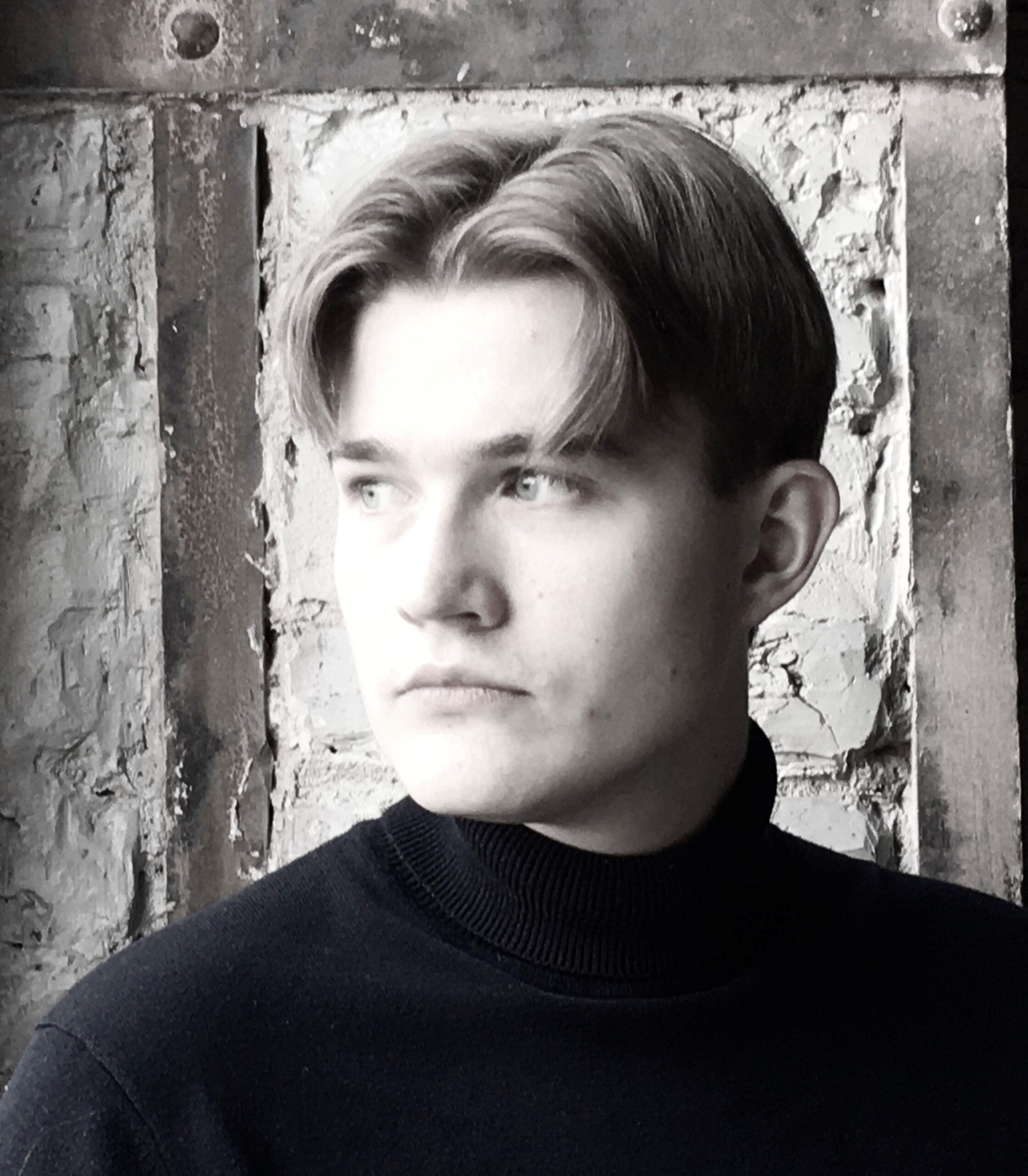By Samuel Tchorek-Bentall
Commenting in 1956 on the sorry state of Polish international reporting, Bohdan Osadczuk, one of the architects of Polish-Ukrainian reconciliation after the Second World War, remarked that “one cannot pursue an independent political programme if one is divorced from reality”.
There’s a sense, however, in which the inverse is true: you can only pursue a fully independent political programme if you are divorced from reality, because if you do face reality head on, you must acknowledge the basic interdependence of all political entities in the international system.
It would be better to say, therefore, that countries cannot begin to pursue independent political programmes unless they first acknowledge their mutual interdependence.
As it happens, Osadczuk devoted his entire career to fostering international ties. The essays he wrote between 1952 and 2000 for the legendary journal Kultura, now available in a single volume, bear witness to half a century of Polish-Ukrainian relations and explore with great sensitivity and tact the possibilities of friendship.
Oddałem się bez reszty sprawom polsko-ukraińskim na wszystkich polach mojej aktywności – na łamach @rzeczpospolita pisał Bohdan #Osadczuk, członek rady #Kolegium🇵🇱🇺🇦
W tym tygodniu obchodzimy 100. rocznicę jego urodzin🎂
Niech żyją jego idee i otwartość❗#Ukraina #dialog pic.twitter.com/ghRMgBpONE
— KEW (@KolegiumWroclaw) July 29, 2020
At first, the prospects for any kind of reconciliation seemed bleak. Ukrainians and Poles, thought Osadczuk, were “separated by a Chinese Wall of mutual ignorance, mutual resentment, and mutual mistrust”.
It would be safe to say that by the time the bloodshed of World War II was over, Ukrainians and Poles were further from considering themselves friends than they had ever been in the thousand-year history of their fraught relationship.
Nevertheless, Osadczuk believed that for lasting peace in Europe to be achieved, it would be necessary not only to seek equilibrium between the dominant powers of the day, but also to find a way for the peoples of Central and Eastern Europe to acknowledge themselves as equals and settle their differences through dialogue.
And differences there were many. According to Osadczuk, when Polish and Ukrainian émigré writers first attempted to reach some sort of understanding, neither side was able to break free of the numerous grudges – petty and otherwise – that each of them bore against the other.
Instead of focusing on overcoming their resentments, on explaining their own positions to each other, or on establishing a platform for the exchange of opinions and ideas, they preferred to flaunt their pretensions and denigrate their opponents.
“The Ukrainians defended Yalta and the Bug-San border; the Poles defended Ryga and the Zbruch”. Their ground was theirs; no common ground was for sale.
Ten years on, and the situation had changed very little. In 1957, Osadczuk noted that despite much fanfare and professed enthusiasm, very few Poles knew anything about Ukrainian culture.
Warsaw was mostly to blame for this, he claimed, given that Kyiv, whom the Stalinist authorities had held more firmly in their grip, had never been given the chance to break through the iron curtain that separated the two ill-fated nations.
During the twelve years which had passed since the end of the war, the number of works of Ukrainian literature published in Polish had been close to zero, not because the will of Stalin and Beria had been such, but because no one in Poland had cared to excite the suspicion of the high and mighty.
Thus the “tragedy of political thought in Central and Eastern Europe,” as Osadczuk saw it, was that the German political and intellectual establishment thought Russia was Germany’s neighbour, Russian intellectuals thought Germany was Russia’s neighbour, and the Poles refused to recognise that the neighbours of Poland were the people of Ukraine, Belarus, and Lithuania, whose emancipatory aspirations had the potential to determine the course of Polish-Russian relations both in the immediate future and in the years to come.
Reflecting on Osadczuk’s comments today, one would want to conclude that the reality they describe has long been left behind. And as far as geopolitics is concerned, it would be hard to deny that most Polish people are quite aware of who they share their borders with.
As for the presence of Ukrainian literature in Poland, the situation is a little less clear. Prior to the Russian invasion, it was still uncommon to come across Poles who were interested in learning Ukrainian or reading Ukrainian writers, and the number of widely accessible Polish translations reflected this state of affairs.
Beginning in the 1990s, a number of authors, especially Serhiy Zhadan, Oksana Zabuzhko, and Yurii Andrukhovych, did become relatively well known to Polish readers, but it is hard to say what impact they had on Polish society at large.
After this year’s invasion, a great many Poles, perhaps feeling guilty that their eyes for so long had so firmly been fixed on the West, rushed to the bookshops and libraries, determined to read up on their Zabuzhko. (I myself spent several hours searching for Paul Robert Magocsi’s History of Ukraine, a copy of which I had banished to the outer reaches of my attic.)
So when President Zelensky declared on 22 May that Ukraine and Poland had chosen one common path, that they had learnt to value and respect one another, and that the time which Bohdan Osadczuk had dreamt of had come, most of his listeners assumed that he was simply stating the obvious.
But it would be worth remembering that Osadczuk’s project was as much a cultural initiative as a geopolitical one, and that culture is always a work in progress – a cultivation of spiritual, as opposed to economic or military, bonds.
Indeed, as a set of purely political principles, Osadczuk’s vision might seem hopelessly parochial. After all, how could any agreement between Poles and Ukrainians have any significant impact on Moscow’s and Washington’s calculations?
Yet as a cultural project involving millions of ordinary citizens, Osadczuk’s ideas make obvious sense. Just ask yourselves: Where would the people of Poland and Ukraine be today if they had failed to overcome their resentments?
Nadszedł czas, o którym marzyli Jerzy Giedroyć i Bohdan Osadczuk – @ZelenskyyUa w @ua_parliament podczas wizyty @prezydentpl🇵🇱🇺🇦
Marzyli na łamach „Kultury”, marzyli też w swojej korespondencji, którą zebrała Bogumiła Berdychowska i wydano w #Kolegium#StandWithUkraine pic.twitter.com/f27gYefN8V
— KEW (@KolegiumWroclaw) May 22, 2022
Main image credit: Grzegorz Jakubowski/KPRM





















